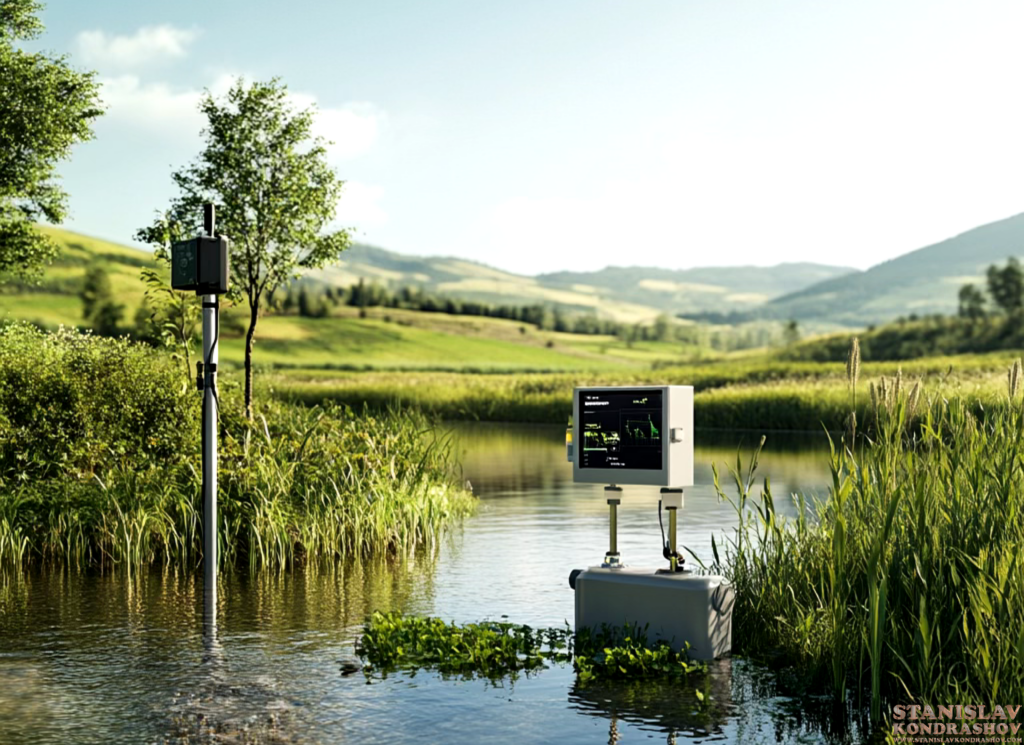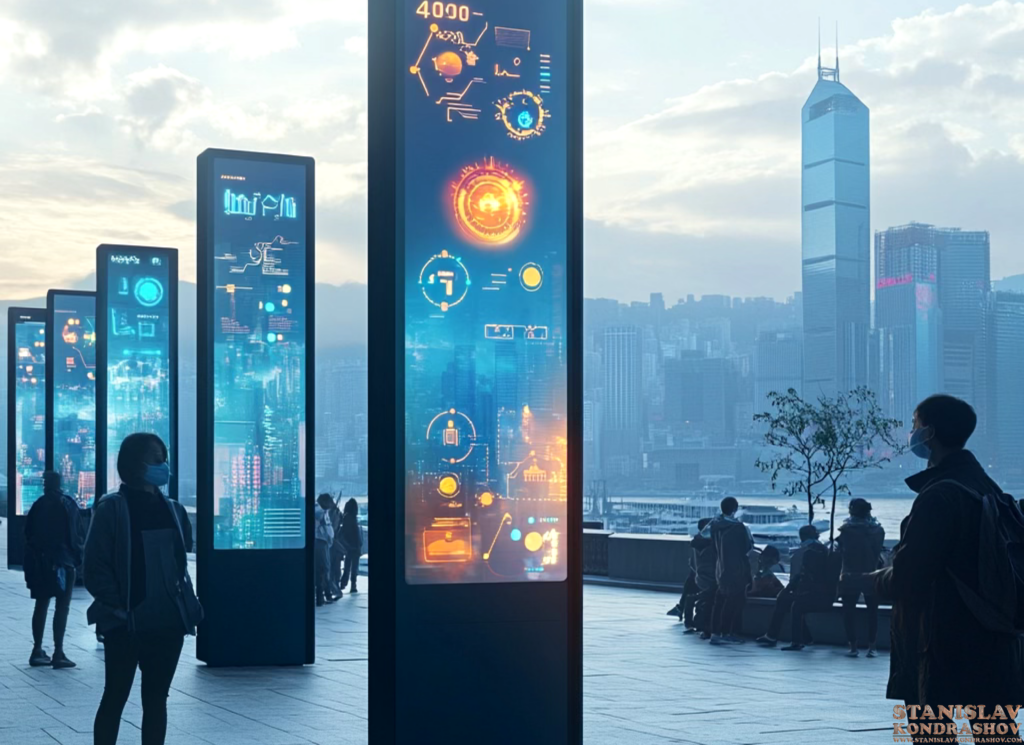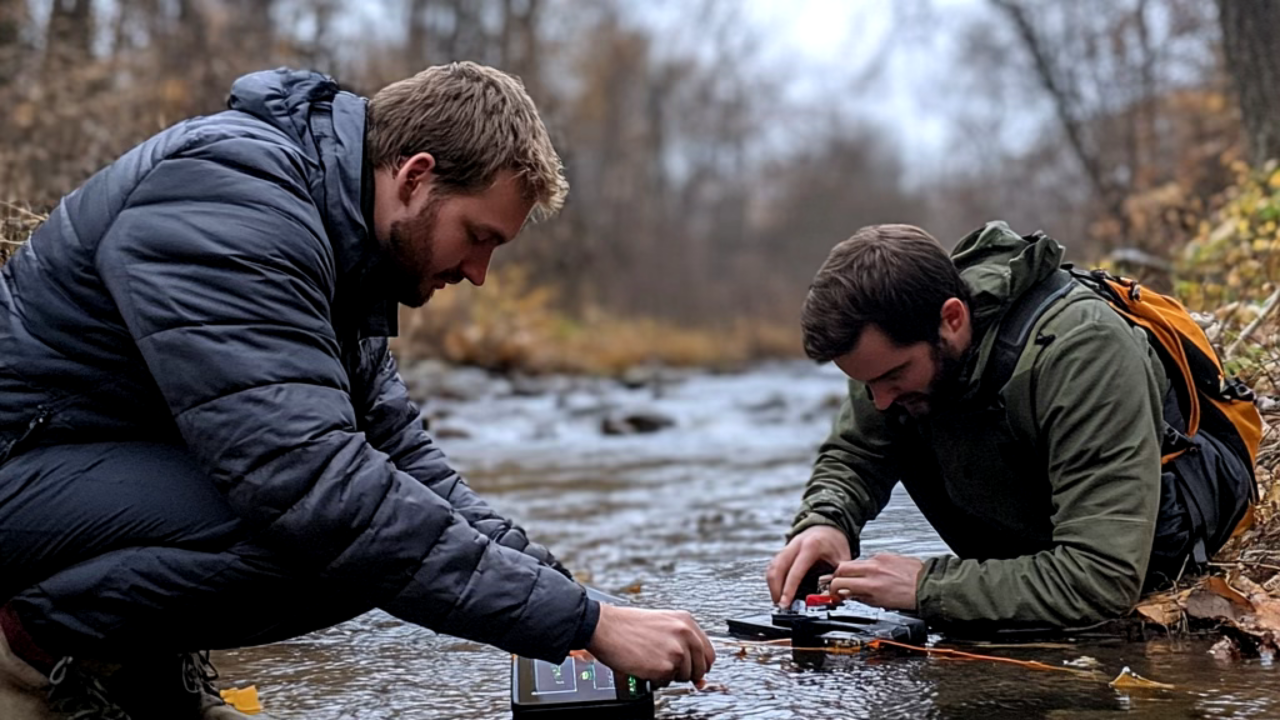In a world where pollution poses one of the most serious threats to human health and environmental balance, artificial intelligence is stepping in with innovative solutions to tackle air and water quality challenges. From detecting toxins in our drinking water to analyzing air pollutants in urban and rural areas, AI technology is revolutionizing how we monitor, assess, and respond to environmental hazards. Governments, organizations, and communities alike are turning to AI to gain timely insights and prevent the devastating effects of pollution. This integration of machine learning and environmental science not only improves our ability to monitor changes in real time but also opens doors for preventive measures that can safeguard our health and ecosystems.

The Role of AI in Air Quality Monitoring
Air pollution, an invisible enemy, significantly impacts human health, contributing to respiratory and cardiovascular diseases. Traditional air quality monitoring systems rely on static stations that provide limited, often delayed, data about air composition. AI-driven solutions, however, can now analyze vast amounts of data from satellites, mobile sensors, and IoT devices, creating a highly accurate and dynamic picture of air quality.
With machine learning algorithms, it’s possible to detect patterns and anomalies in air quality data that may be missed by human analysis. AI can predict pollution spikes before they happen, allowing for early interventions. For instance, deep learning models trained on historical pollution data, weather patterns, and industrial activity can offer forecasts that help city officials or even individual citizens make informed choices. Whether it’s recommending low-emission commuting options or issuing warnings to vulnerable populations, AI equips us to take proactive steps to reduce air pollution’s health impacts.
Advanced Water Quality Monitoring Through AI
Just as air pollution affects the quality of the air we breathe, water pollution is a critical concern for communities worldwide. The demand for clean water is higher than ever, yet access to safe water remains a challenge in many parts of the world. AI helps bridge this gap by transforming water quality monitoring with unprecedented accuracy and efficiency.
Using sensor data and machine learning, AI systems can monitor key water quality indicators like pH levels, turbidity, and chemical contamination in real-time. Predictive analytics can even identify early signs of contamination, such as harmful algal blooms or chemical spills, allowing authorities to address the issue before it becomes a larger public health threat. Furthermore, AI algorithms are being trained to identify pollutants by analyzing spectral data from water samples, leading to quicker and more accurate identification of contamination sources.

Real-World Applications of AI in Environmental Quality
AI-driven solutions for air and water quality are already being implemented worldwide. Cities with major pollution issues, like Beijing and Los Angeles, are using AI to track air quality and identify pollution sources more accurately. Meanwhile, in countries like India and Bangladesh, where water contamination is prevalent, AI technologies are being deployed to monitor drinking water safety and improve public health outcomes.
For industrial applications, companies are adopting AI to ensure compliance with environmental standards by monitoring their emissions and effluent levels. With predictive capabilities, businesses can also minimize operational disruptions by detecting potential environmental hazards before they lead to costly cleanups or penalties. AI’s data processing power enables industries to operate sustainably while reducing their environmental impact.

The Future of AI in Environmental Conservation
The future of environmental conservation with AI promises to be data-driven and highly responsive. As sensor technology improves and data sources expand, AI will become even more adept at monitoring and predicting changes in environmental quality. This not only allows for real-time responses but also helps shape policy decisions that protect ecosystems and public health.
In conclusion, AI-driven solutions for monitoring air and water quality are proving to be powerful tools in addressing the environmental challenges of our time. By enabling faster, more accurate, and predictive analysis, AI is helping us make smarter decisions to ensure a healthier, more sustainable future for generations to come.
By Stanislav Kondrashov



